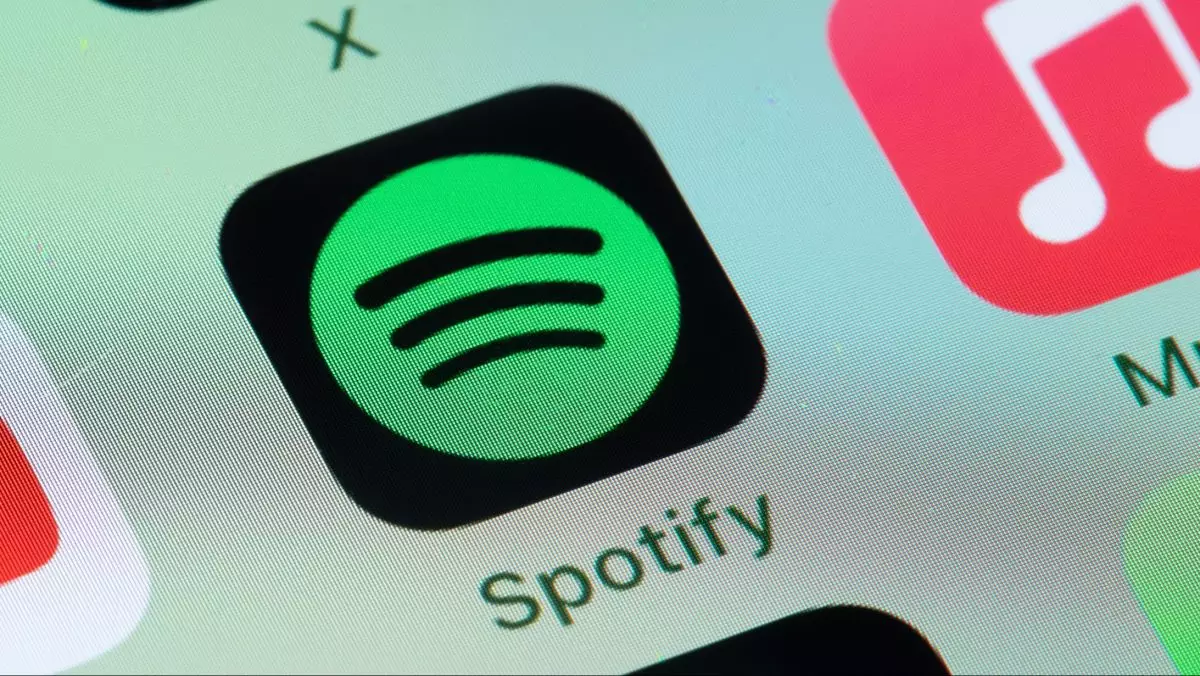Since its ambitious announcement over four years ago, Spotify’s plans for a lossless audio tier, initially branded as Spotify HiFi, have been a rollercoaster of speculation and dashed hopes. For audiophiles and music enthusiasts alike, the promise of a lossless audio experience has created an electrifying buzz, yet the reality has been a continuous cycle of teasers and silence from Spotify executives. With recent developments showing new evidence in the app’s code hinting at progress, it seems the hype may still have some legs, but this anticipation comes wrapped in layers of skepticism born from past experiences.
Code Revelations and User Experience Enhancements
Recent code additions unearthed by technologist Chris Messina reveal scattered references to the long-awaited lossless feature within recent builds of Spotify’s desktop application. These snippets highlight user-facing help cards designed to enhance the experience for those potentially using lossless audio. Phrases like “Lossless music, now in premium” signal that the feature has not only been maintained in Spotify’s development conversations but is also being prepared for its eventual introduction. Such progress, however, is largely theoretical—a tease of what could be rather than a definitive promise of what will emerge.
Further scrutiny by users on platforms like Reddit has shown that the mobile app has also adopted terminology linked to lossless audio quality. Phrases like “best sound quality on Spotify” have generated excitement, yet they remain dormant features unable to deliver on their promises until Spotify makes them officially available. While the appearance of this code is undeniably exciting, it stands as a reminder of the missed deadlines and unfulfilled expectations that have trailed Spotify’s HiFi ambitions.
Looming Questions of Quality and Connectivity
Embedded within the newly revealed snippets are warnings that call attention to potential playback issues. Accessibility hinges significantly on users’ hardware and internet quality, which poses an essential question: is Spotify placing enough emphasis on the user experience that will unfold as high-fidelity audio becomes available? The cards indicate that lossless audio is best enjoyed on devices compatible with Spotify Connect and wired options, hinting that for many users, this upgraded tier may be out of reach without additional investments in hardware or improvements in connectivity.
This raises concerns: will Spotify’s impending lossless tier provide enough of a competitive edge to draw users from platforms like Tidal and Qobuz, which already offer such features? As they leap forward, Spotify should ensure it does not merely tread the path of “more megapixels” in a world oversaturated with options. The technological prowess must translate to discernible improvements in listening experiences.
Leadership Ambivalence and Strategic Silence
When it comes to providing concrete timelines or directions, Spotify executives have played their cards close to the chest. CEO Daniel Ek and others have leaned into ambiguous language, hinting at investing in premium options for “super fans,” yet failing to deliver specifics on timelines or tangible commitments. Such gestures have not quelled skepticism among consumers eager for clarity, and the absence of detail only breeds further inquiries about the strategic direction Spotify is pursuing.
In a recent earnings call, Spotify’s Chief Business Officer, Alex Norstrom, captured the duality of opportunity and uncertainty that envelops the company as it seeks to innovate. While expressing optimism about new premium tiers, the lack of tangible outcomes serves as both a beacon of hope and a red flag to customers wondering when innovation will yield substantial benefits.
Licensing Challenges and Paths to Progress
Historically, licensing issues have been cited as critical barriers to launching the HiFi tier, an ongoing struggle that complicates the narrative around Spotify’s ambitions. However, there are glimmers of hope; recent partnerships with major labels like Warner Music and Universal Music Group hint at potential pathways for successfully implementing lossless audio. These relationships may help to dispel some of the roadblocks that have been stubbornly affecting Spotify’s rollout plans.
The speculation surrounding a potential “Music Pro” tier also adds fuel to the fire for users who are invested in high-quality streaming. It suggests that Spotify is not simply resting on its laurels but actively investigating alternatives that could bridge the gap between current offerings and an elevated listening experience.
In this tense and exhilarating backdrop, music lovers are left at a crossroads: will they interpret these revelations as a sign of impending advancement, or will they remain constrained by the familiar disappointments of indefinite delays? Only time will tell if Spotify’s HiFi service will evolve from concept to reality—and if it does, will it truly revolutionize the way we experience music?

